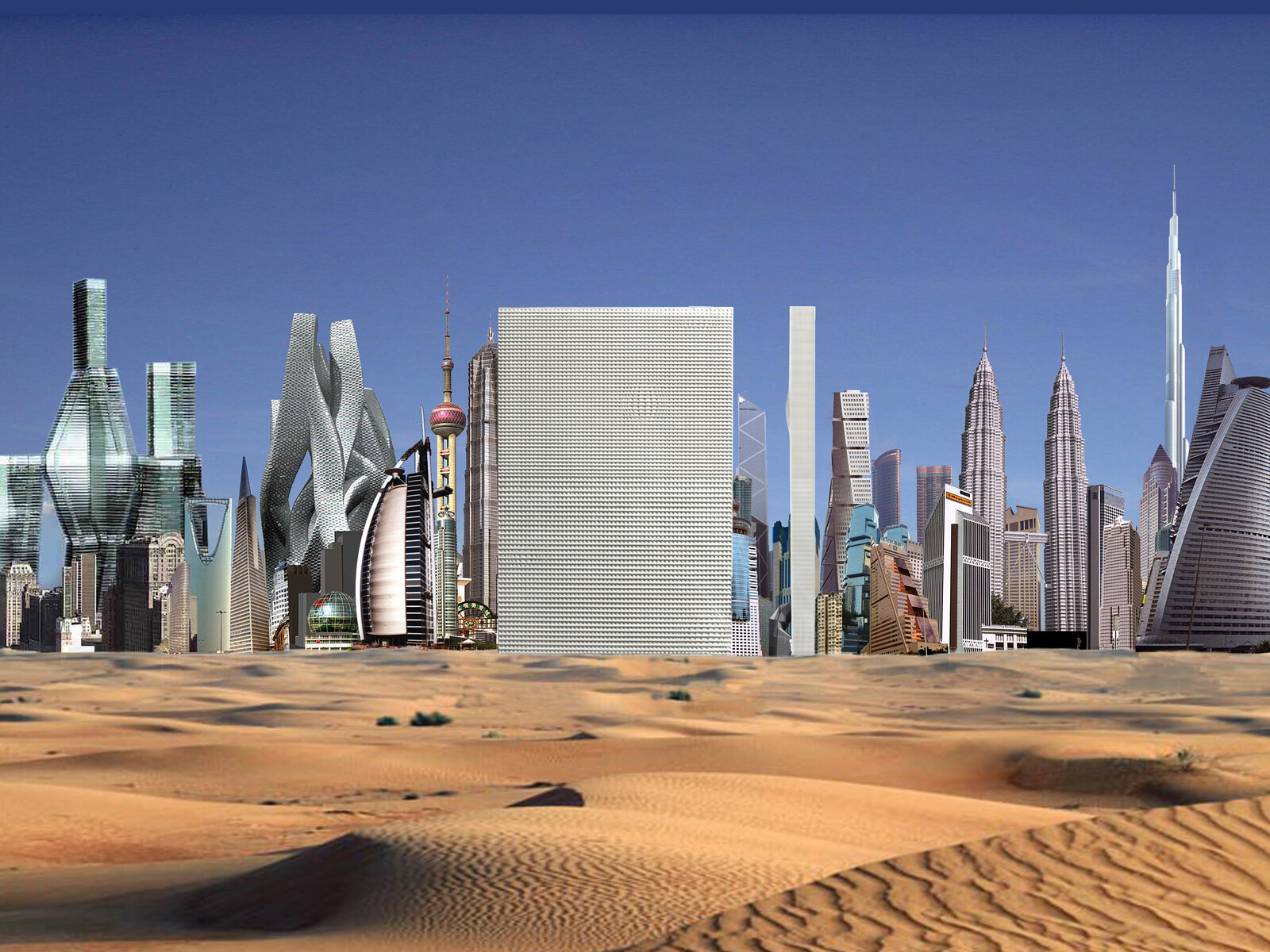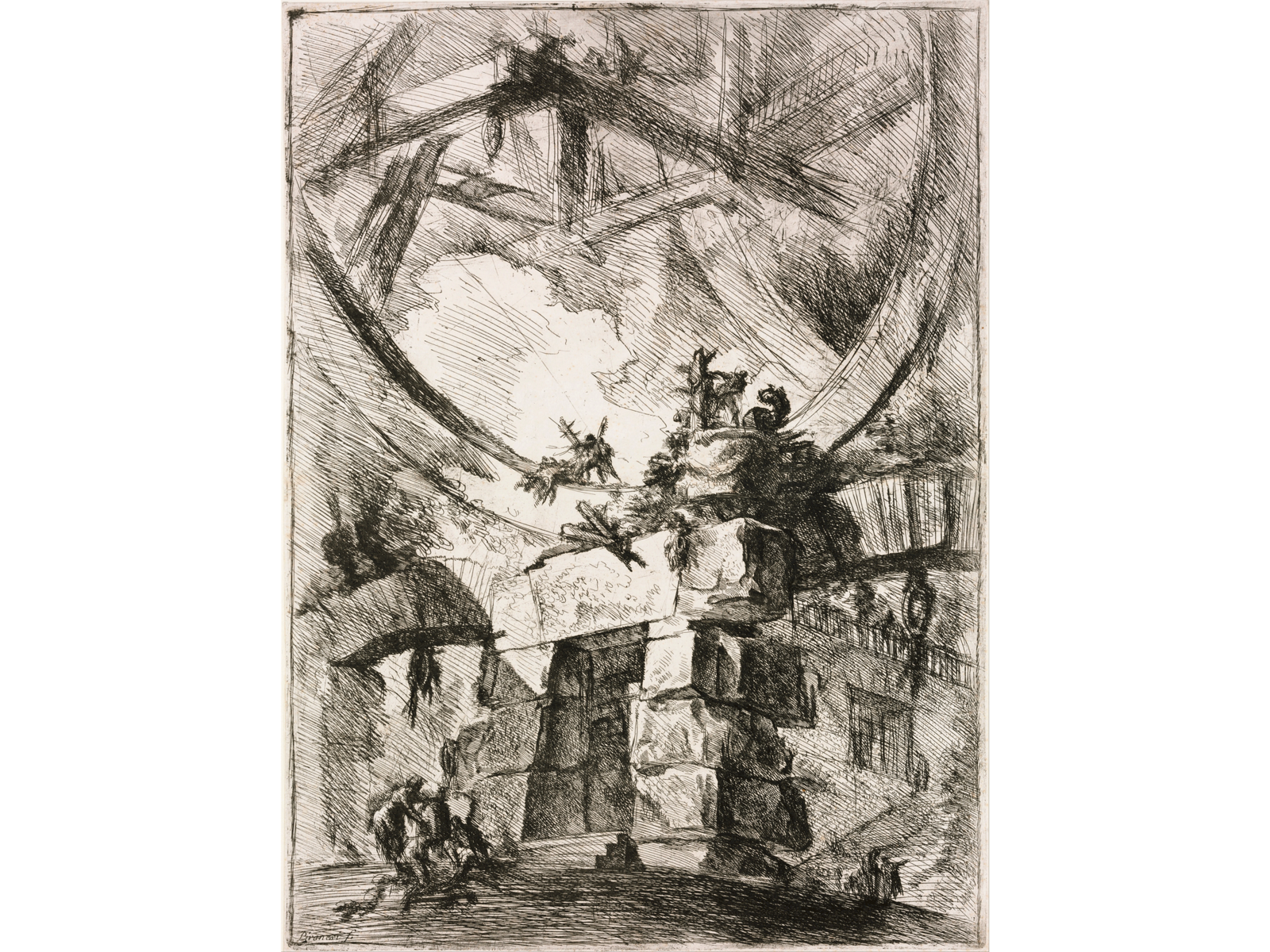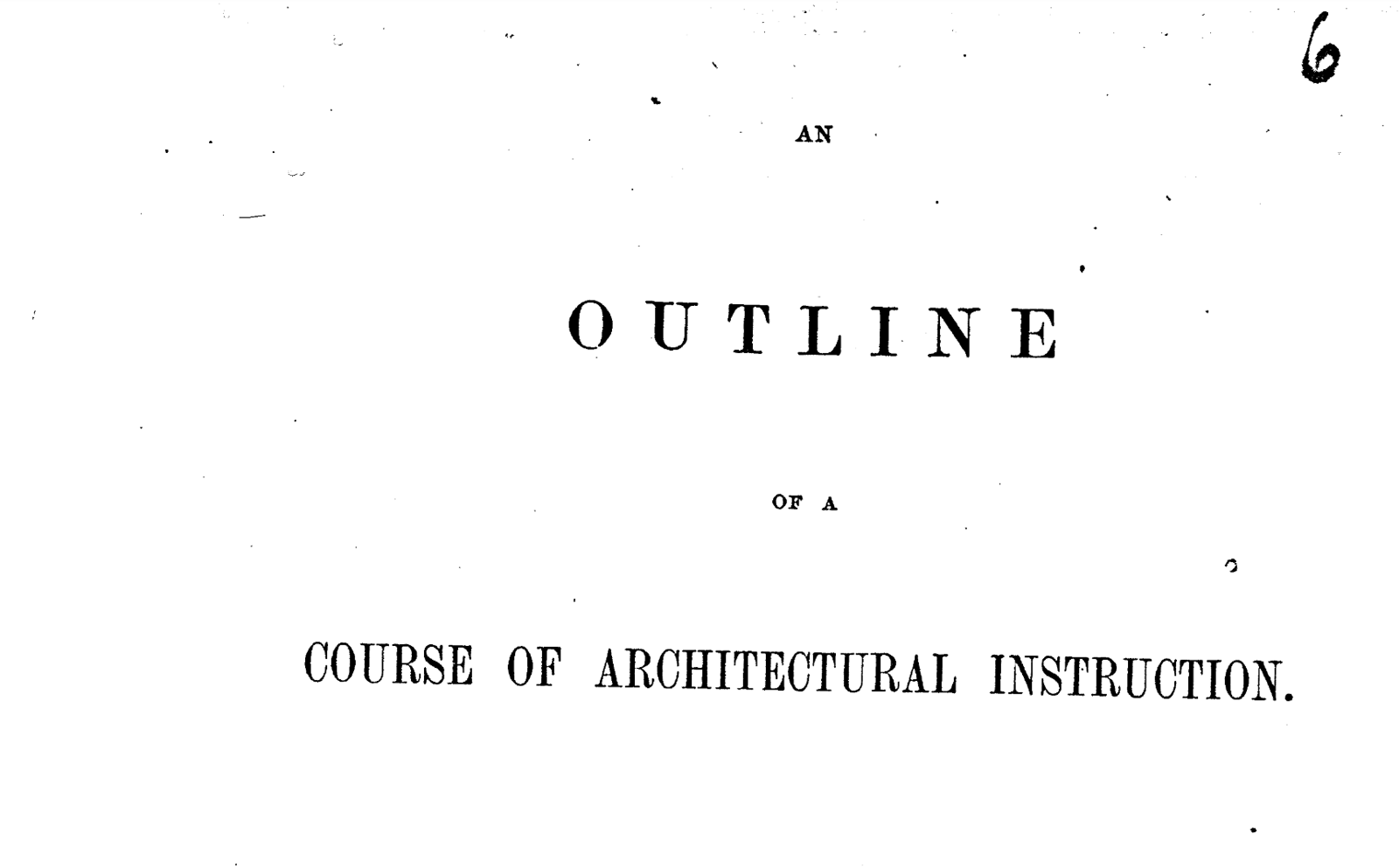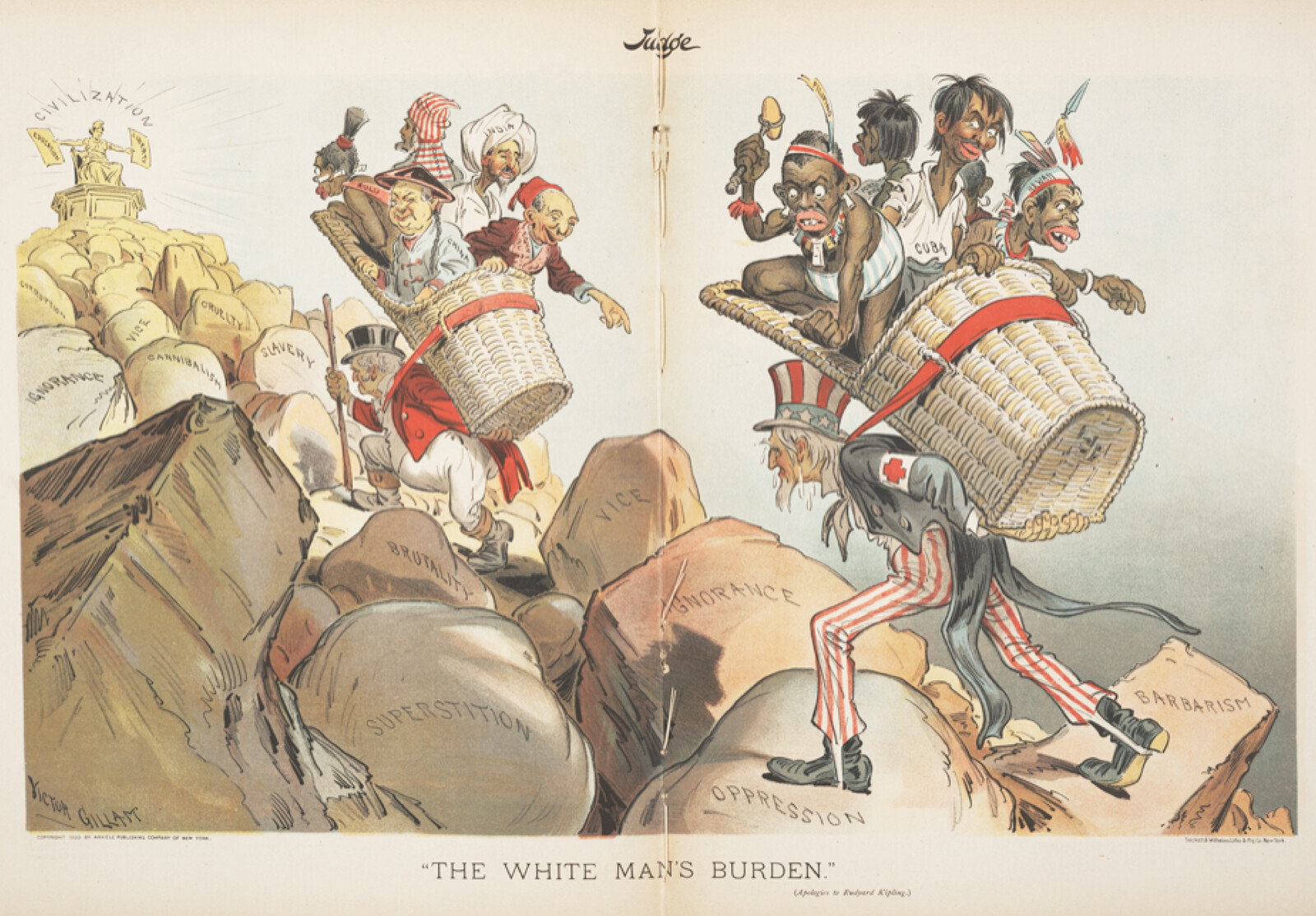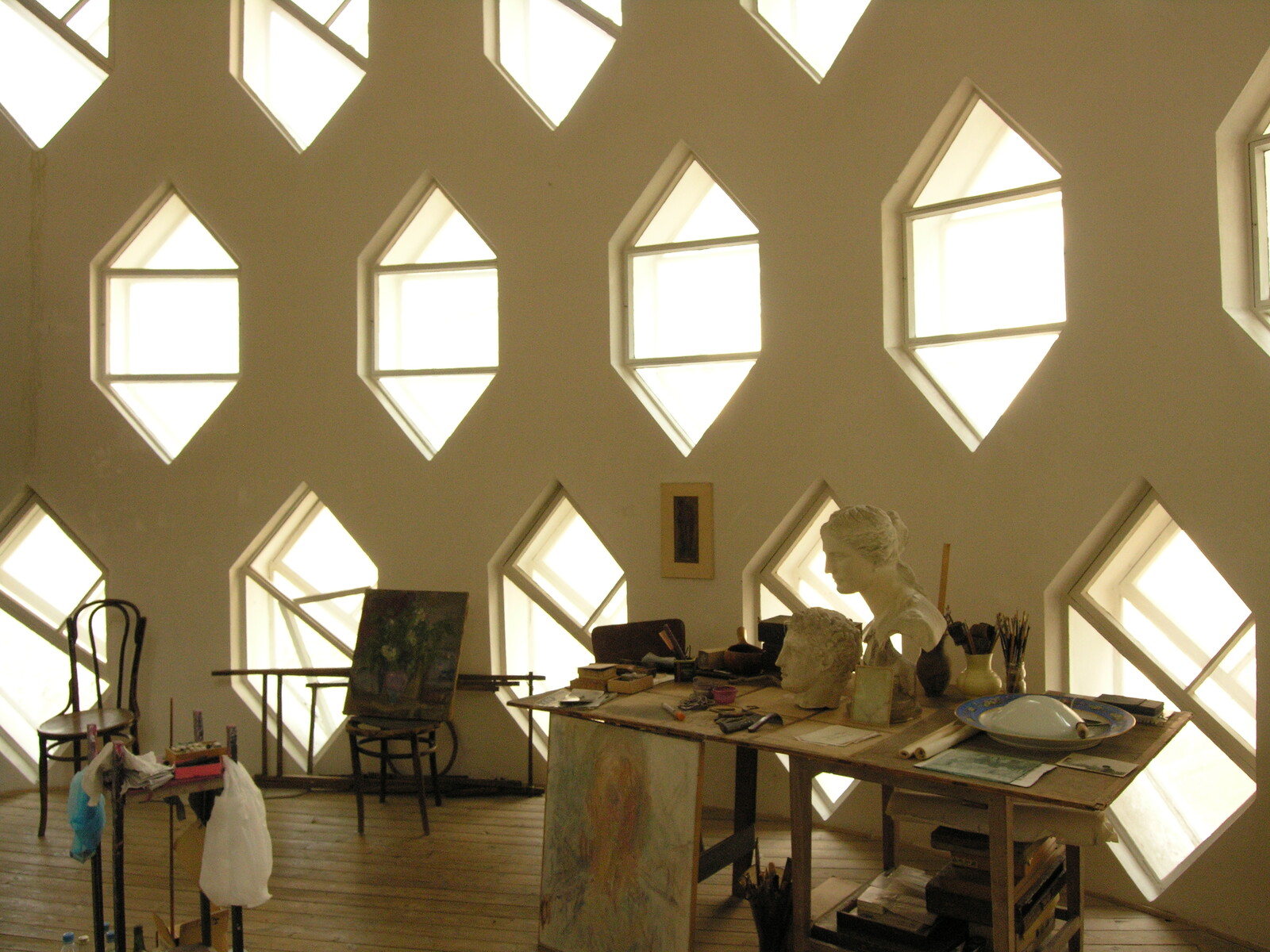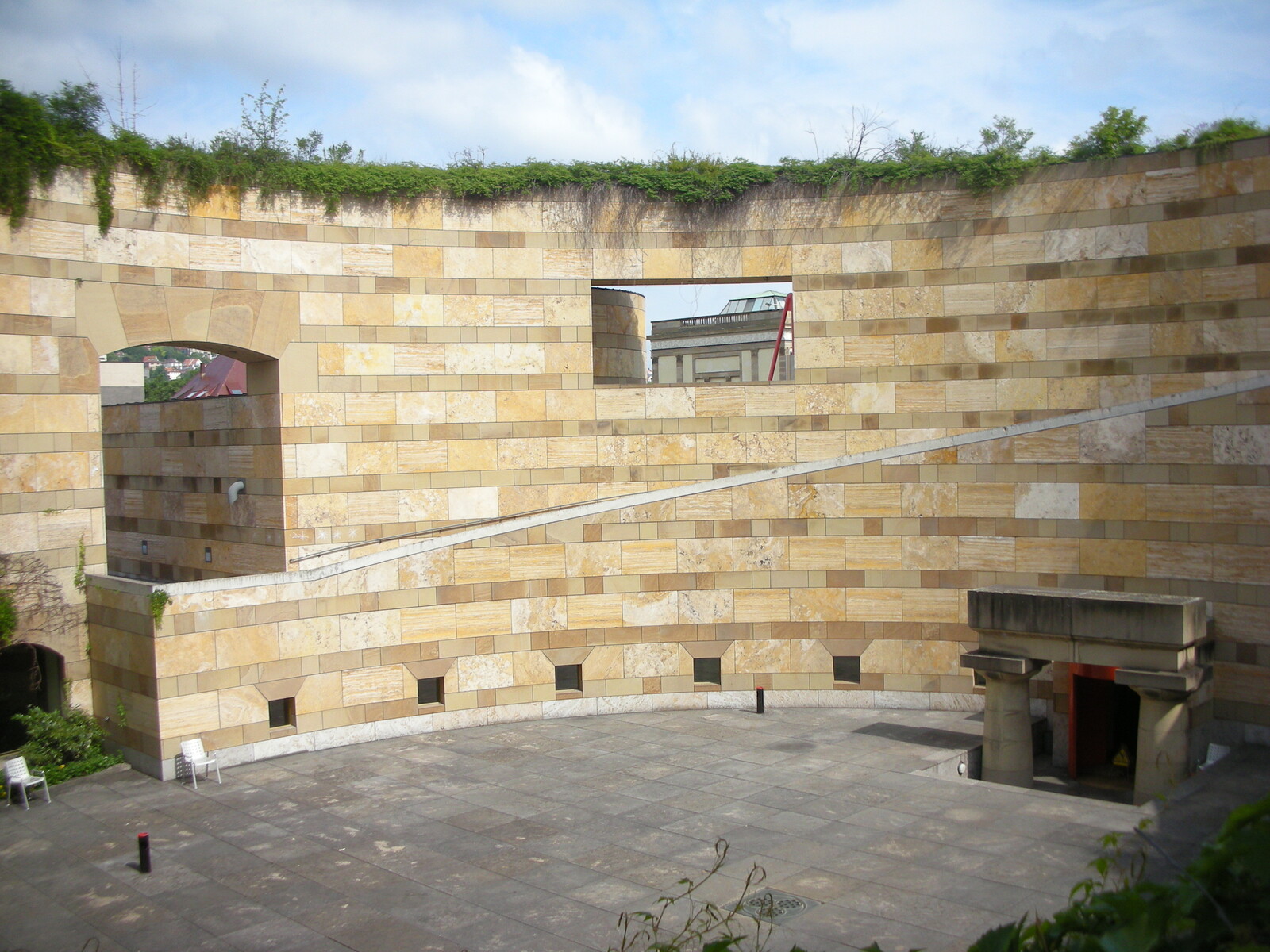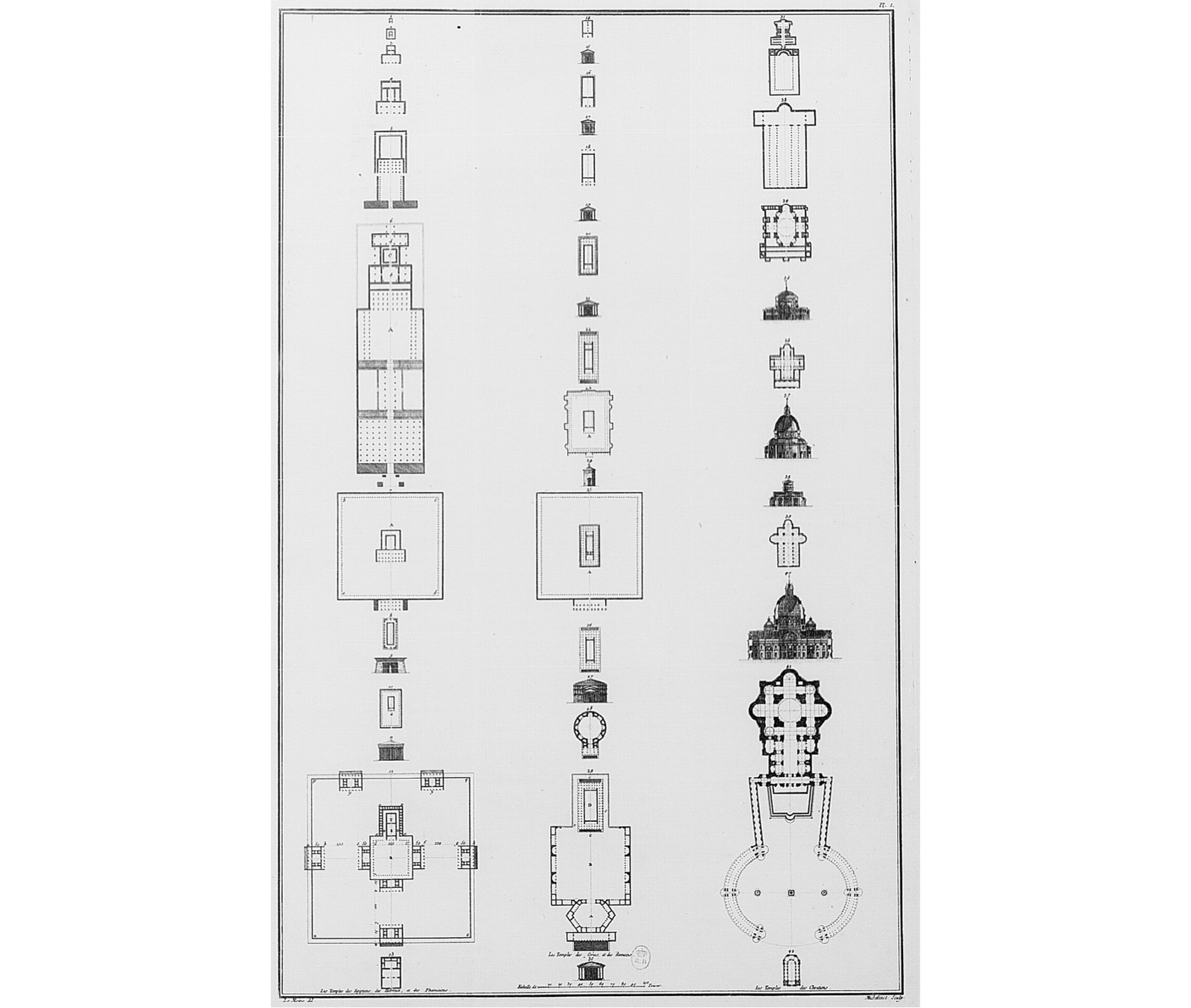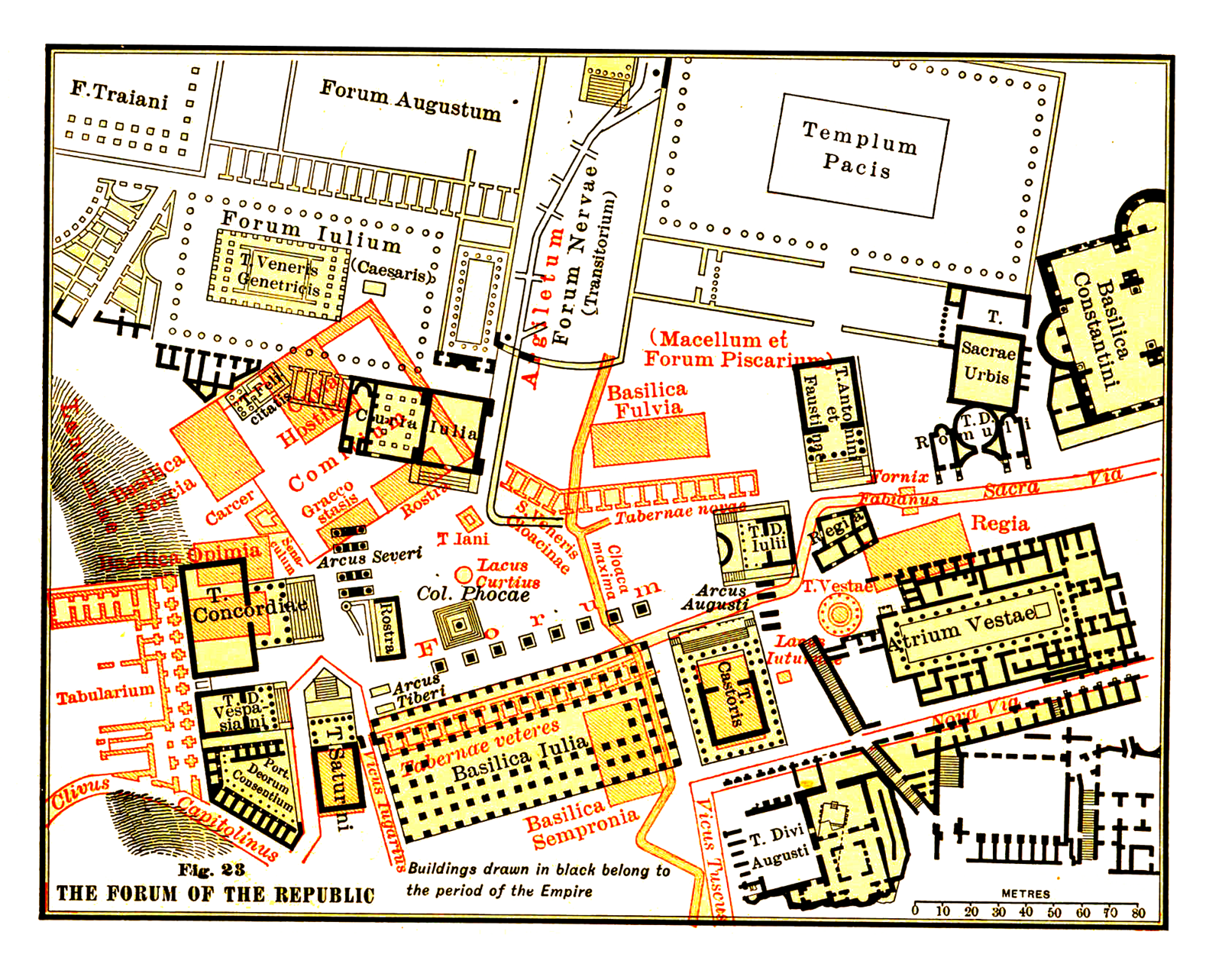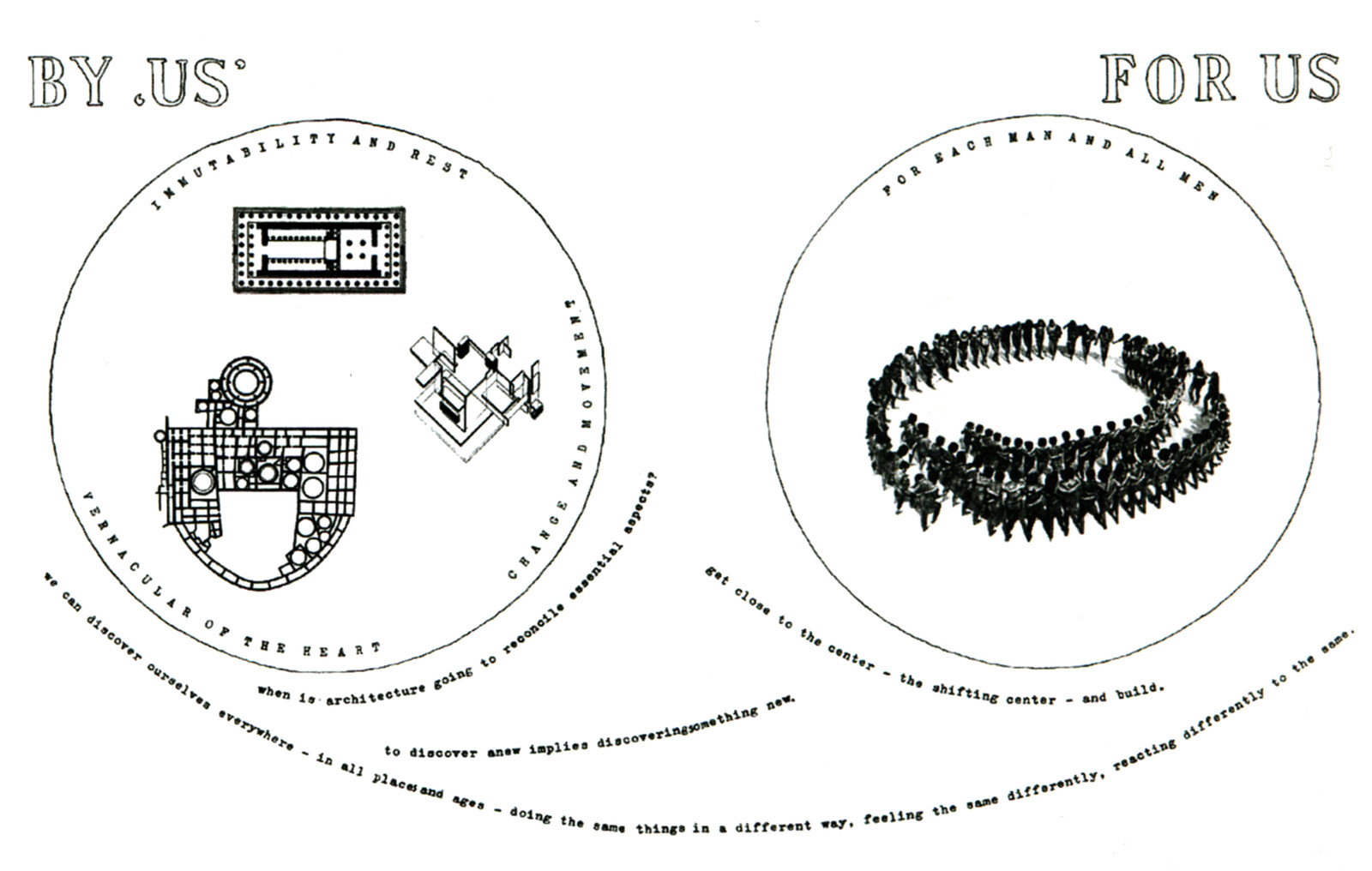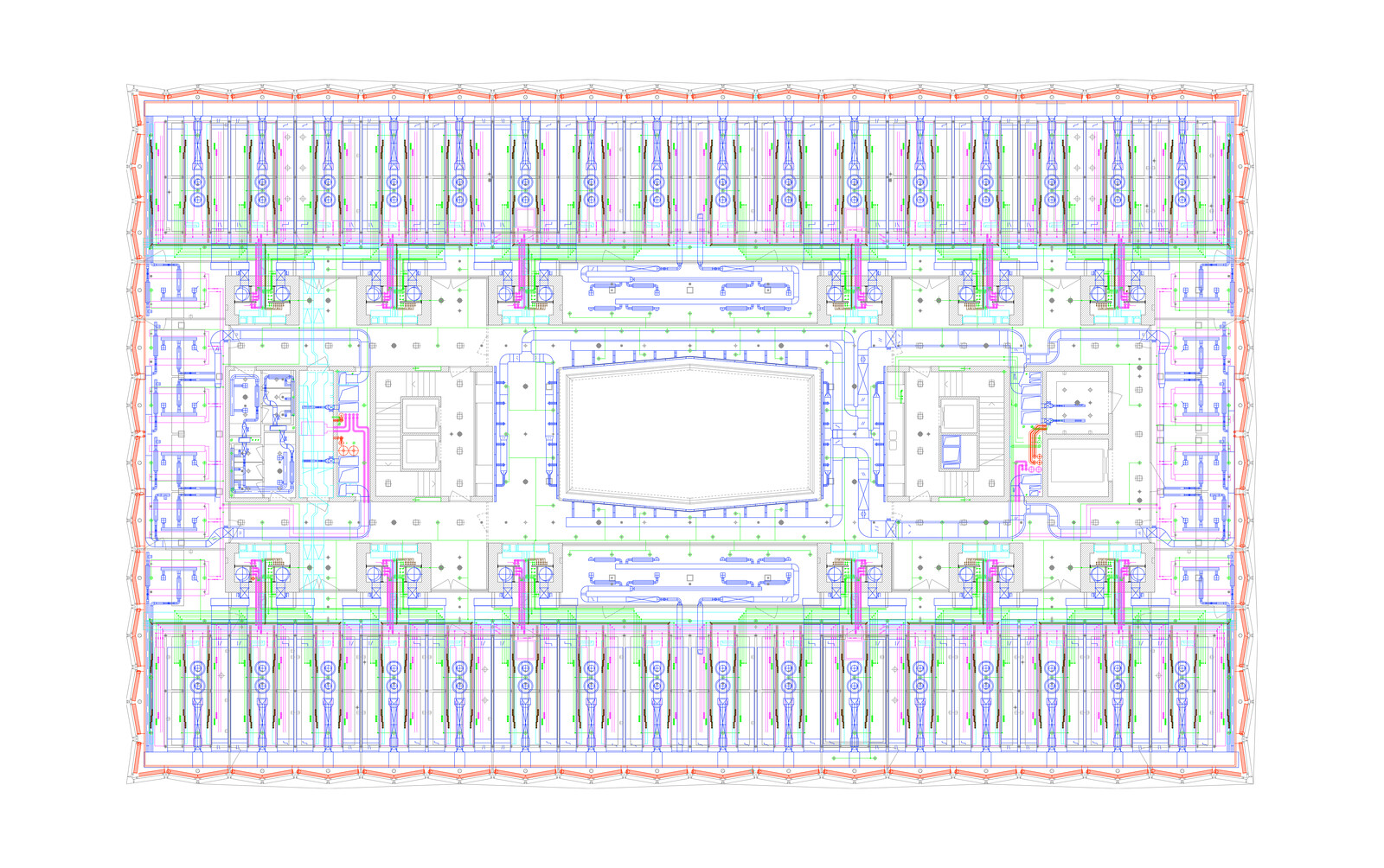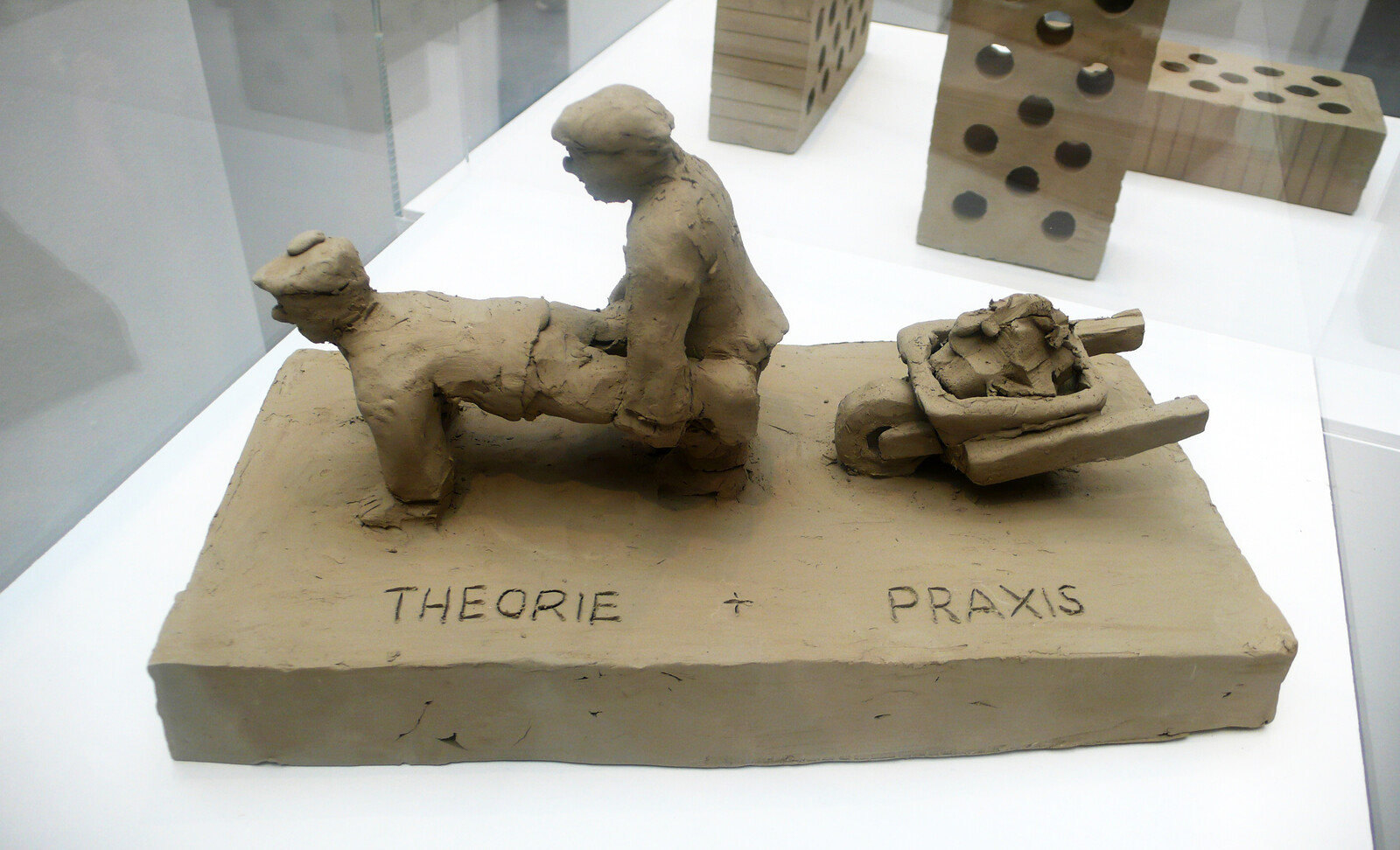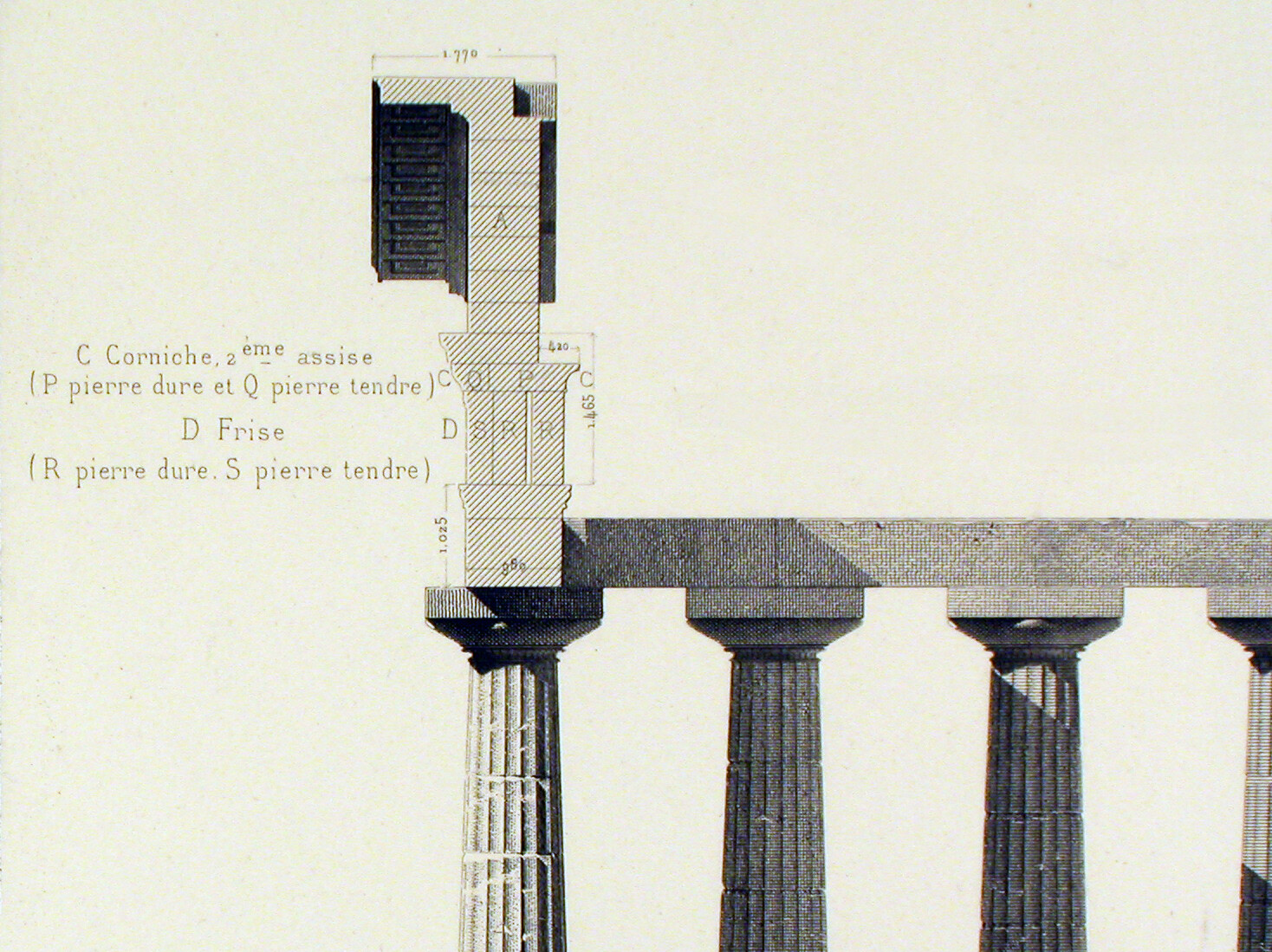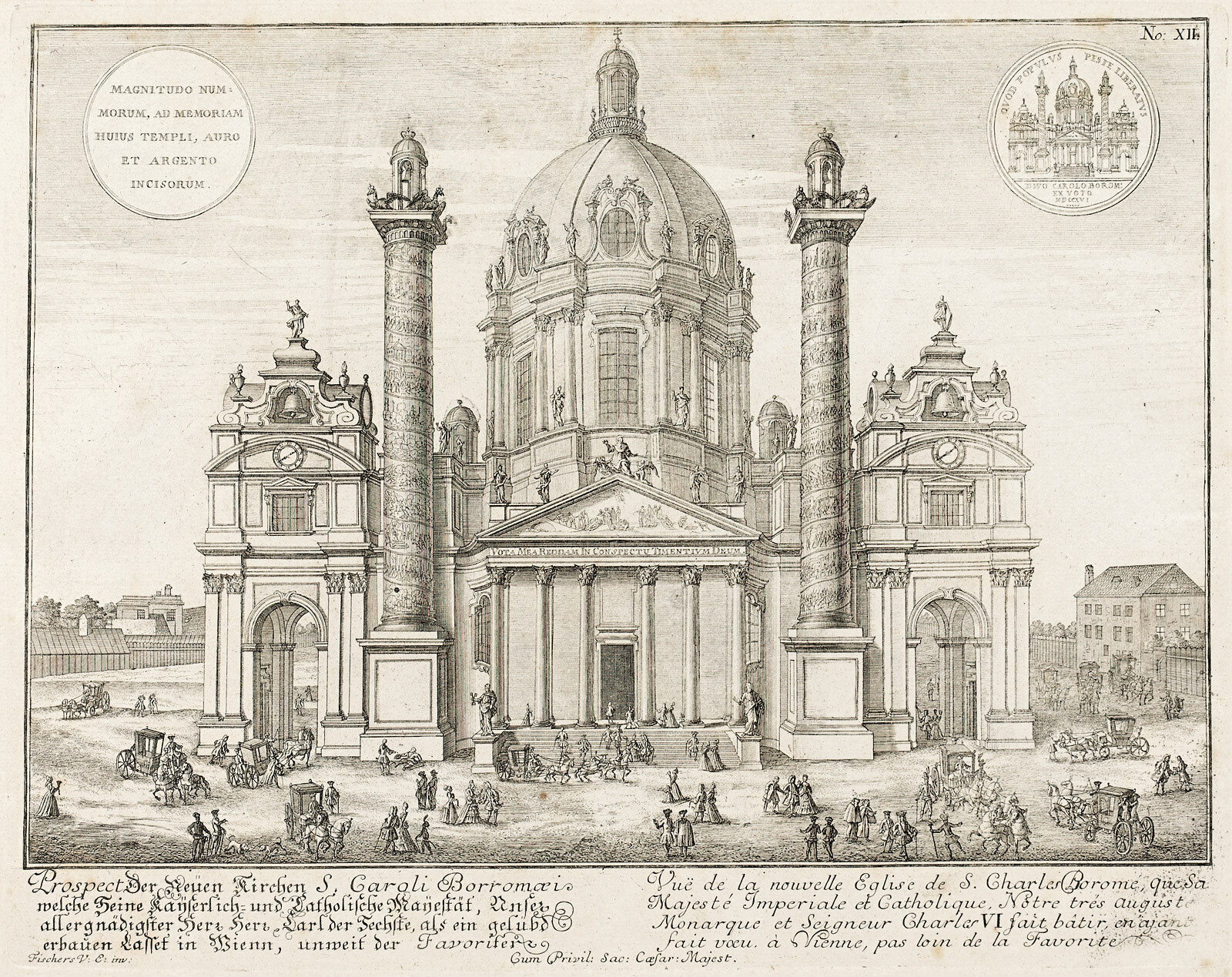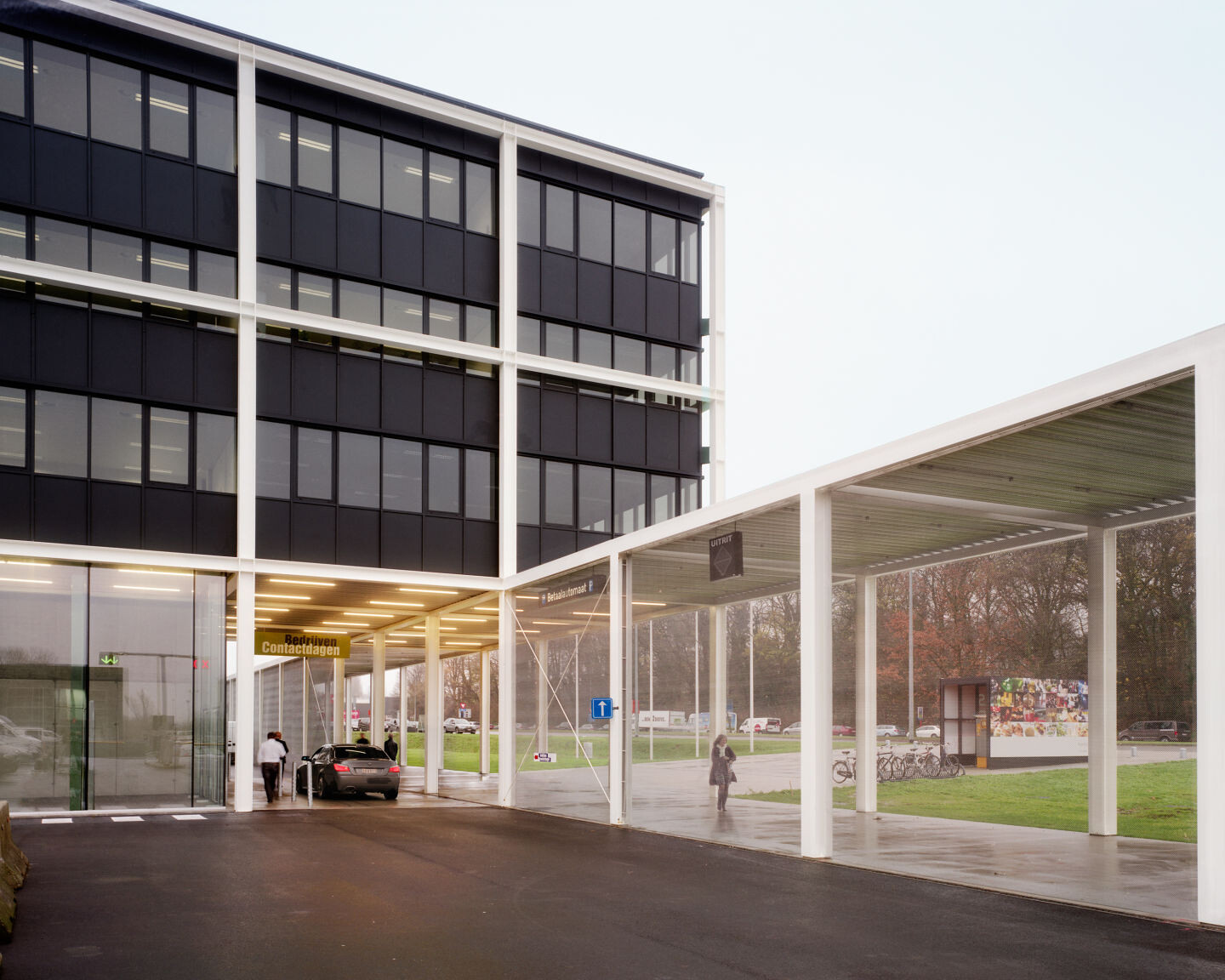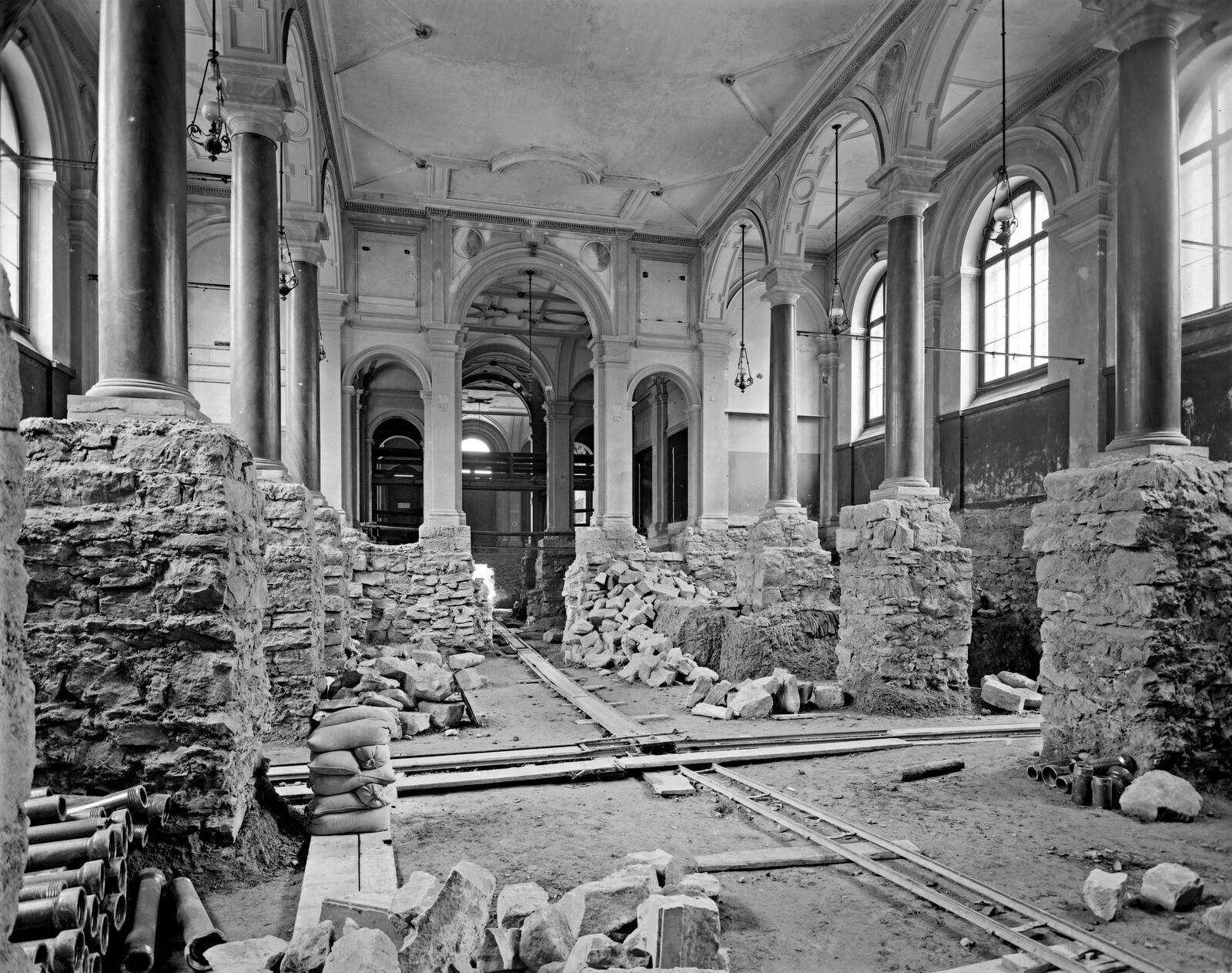Since the turn of the millennium, writing about architecture and its praxis have drifted apart; a distance that discourse has thrived off of. Writings about architecture have their own media presence and do not effect what is actually built. Conversely, architects compete not only with one another but, more importantly, are confronted with competing clients on a global scale. Subordination to the paradigm of a globalized economy where buildings becoming commodities is one fundamental principle of contemporary architectural production. Present starchitects represent brands, but in contrast to luminaries of modern architecture such as Mies van der Rohe, Le Corbusier, and Frank Lloyd Wright, they don’t have ultimate authority over the execution of their designs.1 To a certain extent, international architectural design has become arbitrary and exchangeable. The decisive factor of architectural success today is, I would argue, media presence, not just in journals—whose decisive position in architectural discourse is highly suspect—but also in the likes of daily newspapers and lifestyle magazines.
Architecture has become much more complex compared to twentieth century building, with an entire industry emerging over the past fifty years to manufacture architectural commodities. The digital revolution marked a substantial shift in this development, with new construction techniques, intelligence, digital infrastructure, surveillance, and sustainability, having cast a spell over the profession and its clients. The architect, as Keller Easterlings claims, has mutated into the “Orgman.”2 On the one hand, the architectural process has become fragmented into managed project groups, reducing the architect to designer. Today you have facilitators, complex project groups like Arup that are part of nearly every iconic building worldwide. On the other, the figure of the architect has mutated into that of a project developer with global range. Jon Jerde, for instance, who has planned consumer-based neighborhoods with theme-park elements at the same time in the United States, Japan and China. Likewise, the ability for huge global firms like Atkins and Gensler to offer all-inclusive projects has given them an incredibly prevalent, yet circumscribed role in the development of fledgling cities like in the Emirates, where these two firms have been responsible for nearly 70% of all structures built.
Hundreds of so-called “signature” buildings, located in new global, generic, or Special Economic Zones-cum-cities, compete with each other for notoriety on a global scale. As sociologist Leslie Sklair points out, this is part of a wider economic strategy: “If there was no Burj Dubai [Khalifa], no Palm, no World, would anyone speak of Dubai today? You shouldn’t look at these projects as crazy stand-alones. It’s part of building a brand.”3 In creating hithero unknown mega-projects well beyond the scale of modernist tabula rasa cities like Brasilia or Chandigarh, iconic architecture today contributes to the creation of metropolises such as Dubai or Shanghai as a new prototype of the post-global city: “the ‘perfected’ synthesis of shopping, entertainment, and architectural spectacle on a pharaonic scale.”4 Yet today, the sheer quantity of iconic buildings threatens to normalize architectural uniqueness, flatten it into convention, and marginalize the outstanding.
Seen in this light, one could argue that the grand narrative of the genius architect as a “curator of society” has become obsolete. If we look at significant architectural works from the last century, it is obvious that this narrative went hand in hand with the modernist conception of architecture as “the art of construction” (Baukunst), and is where the aforementioned modern “masters” fall. But it’s important to note that as this narrative developed, it was also frequently challenged by architects working in the realm of social architecture—in short, housing—such as Bruno Taut, Johann Jacobus Pieter Oud, Martin Wagner, Aldo van Eyck, Oriol Bohigas, among others. Since at least the twentieth century, one of the core issues pertaining to architectural discourse has been its status as representation of civic society, of the Res Publica, as public matter. Yet globalization has shifted our view of the world, and what those questions mean today must be radically thrown into question.
From an architectural historian’s view today, it is indispensable to suspend linear historiographic modes and address multi-focal and multi-centered approaches that have been largely developed within the fields of sociology, anthropology and comparative studies. Architectural history needs to open itself and its understanding of modernity to architecture’s colonial heritage and postcolonial condition. Furthermore, we need to talk not necessarily about knowledge transfer but about entanglement and exchange; about the overlapping and cross-fertilization of different cultures, particularly in transnational regions such as the Mediterranean, Gulf, or Caribbean.5
Kenneth Frampton started the process of rewriting the canon of architectural history for the era of globalization twenty years ago, when he mapped twentieth-century architecture in his ten-volume World Architecture.6 Yet even earlier in the 1980s, in the wake Liane Lefaivre and Alexander Tzonis’s work, Frampton claimed regionalism as a critical force and paved the way towards writing counter-narratives of globalization and its violent narrative of homogenization.7 Frampton’s original critique was launched at the height of the postmodern movement, a moment in which orthodox modernism was being largely abandoned and postmodernism was itself being criticized as a “superficial historicism.”8 Yet it was also the moment when city centers and the countryside were being “rediscovered” as “liveable” places, such as in Berlin with the IBA, Barcelona, and Amsterdam.
From today’s viewpoint, one can question Frampton’s conception of regionalism as a critical force.9 Yet the historical debate on regionalism can’t be separated from debates about contemporary architecture. “Globalization,” as Antony King claimed, “can only be understood contextually. There is no identity outside its social, cultural, historical and geographical context.”10 The representation of identity, which is closely linked to the conception of architectural regionalism, is no longer a matter of a single region or a single country. Identity today is constantly defined, re-defined, constructed, and re-constructed.11
Considering the notion of world architecture current approaches open a view for non-western contributions to the historical canon and the formation of alternative conceptions of history itself. Today, apart from mainstream globalized architecture, participatory architecture projects taking place in Bukina Faso, in Mali, in Japan, or in Venezuela have become part of architectural discourse. They can be characterized as a new form of the “glocal”: regional conceptions combined with the demands and opportunities of a global world.12 Work such as this asks questions about architecture’s social dimensions and the integrity of architecture more generally, which it is our role as architectural historians to debate.
Donald McNeill, The global architect: firms, fame and urban form (New York: Routledge, 2009).
Keller Easterling Enduring Innocence. Global architecture and its political masquerades (Cambridge/London: MIT Press, 2005), 2.
Mike Davis, “Sand, Fear, and Money in Dubai”, Evil Paradises Dreamworlds of Neoliberalism, ed. Mike Davis & Daniel Bertrand Monk (New York: The New Press, 2007), 48–68, 53.
Ibid., 51.
See Archaeology of entanglement, eds. Lindsay Der, Francesca Fernandini (Walnut Creek, California: Left Coast Press, 2016); Michael Dietler, Archaeologies of colonialism: consumption, entanglement, and violence in ancient Mediterranean France (Berkeley: University of California Press, 2010).
World Architecture (1900-2000), A Critical Mosaic, 10 vol., ed. Kenneth Frampton (Vienna: Springer, 1999-2000). See also Architecture and Polyphony. Building in the Islamic World Today, The Aga Khan Award for Architecture, 9th Award Cycle, (London, 2004).
Alexander Tzonis and Lian Lefaivre, “The Grid and the Pathway,” Architecture in Greece, (N5 1981), reprint in: Atelier 66. The Architecture of Dimitris and Suzana Antonakakis (New York: Rizzoli, 1985); Kenneth Frampton, “Towards a Critical Regionalism: Six points for an architecture of resistance,” in “Anti-Aesthetic. Essays on Postmodern Culture,” ed. Hal Foster (Seattle: Bay Press, 1983). See also Ole W Fischer, “Slow Architecture – The Myth of Local Resistance to Global Architecture. A Critique” ASCA Fall 2011 Conference Proceedings, 141-146.
Alexander Tzonis and Lian Lefaivre quoted in Keith L Eggener, “Placing Resistance. A Critique of Critical Regionalism,” in Architectural Regionalism: collected writings on place, identity, modernity, and tradition, ed. Vincent B. Canizaro (New York: Princeton University Press, 2008), 396.
“Advocates of regionalism champion cultural diversity and particularities of the local, but only with a constraining dichotomy found by the ideology modernism in post-colonial contexts, issues of tradition and identity are regularly a source of conflict.” Carl O’Coill and Kathleen Walt, “Politics of Culture and the Problem of Tradition,” in Architecture and Identity, eds. Peter Herrle and Erik Wergerhoff (Münster: LIT, 2008), 485.
Anthony D. King, “Architecture, Globalization and Identity,” in ibid., 221–232.
Peter Herrle, “Architecture and Identity. Stepenwolf and the Carriers of Change,” in ibid., 18.
Implicate & explicate: Aga Khan Award for architecture, ed. Mohsen Mostafavi, (Baden: Lars Müller Publishers, 2011); Architecture is Life, Aga Khan Award for Architecture (Zürich: Lars Müller Publishers, 2013).
History/Theory is a collaboration between the Institute for the History and Theory of Architecture (gta), ETH Zürich and e-flux Architecture.
Category
History/Theory is a collaboration between the Institute for the History and Theory of Architecture (gta), ETH Zurich and e-flux Architecture.
